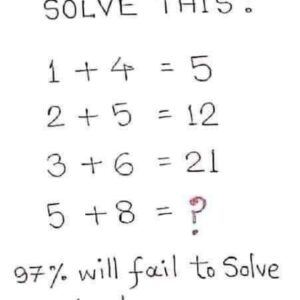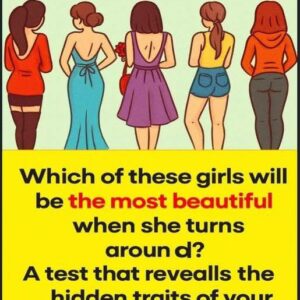What You See First in Baffling Optical Illusion Shows Whether You’re ‘Right or Left-brained’
An eye-catching new optical illusion is making the rounds online, and it claims to reveal whether you’re a “left-brained” or “right-brained” thinker—based on what you see first.
The illusion, shared by The Deep Thinker on Instagram, features what appears to be a snowy mountain scene. But here’s the twist:
- If you see two people hugging, you’re supposedly left-brained.
- If you see a dinosaur, you’re said to be right-brained.
Naturally, the post has left people scratching their heads—and squinting at the image—as they try to determine what they see first and what it supposedly says about their brain.
But is there any science behind it?
Where the Left-Brain vs. Right-Brain Theory Comes From
The idea of people being “left-brained” or “right-brained” dates back to research by Roger W. Sperry in the 1970s and 1980s. His studies found that the brain’s two hemispheres handle certain tasks differently. For example, language is often processed in the left hemisphere, while visual and spatial tasks may rely more on the right.
This led to a popular theory:
- Left-brained people = Logical, analytical, detail-oriented
- Right-brained people = Creative, intuitive, emotional
It’s a catchy concept—and it’s stuck around in pop culture for decades.
The Truth: It’s More Myth Than Neuroscience
While there is some truth to the idea that certain brain functions are lateralized, modern neuroscience has debunked the notion that people are dominant on one side of the brain.
According to the Smithsonian Science Education Center, tests that label you as left- or right-brained are more about personal preferences than actual brain anatomy. In fact, research shows that both hemispheres of the brain work together for most tasks—whether you’re solving a math problem or writing a poem.
As Verywell Mind notes, today’s experts agree:
The “left-brain vs. right-brain” divide is oversimplified and mostly useful for entertainment—not diagnosis or personality typing.
So, What Does the Illusion Really Mean?
Let’s be clear: this mountain illusion is fun to look at, and it can certainly spark interesting conversations. But whether you see a dinosaur or two people hugging first has no real connection to how your brain is wired.
That said, it might still reveal something about your visual perception or personal bias—and that’s worth thinking about.
Final Thought
Optical illusions like this one are fascinating because they trick the brain into interpreting ambiguous images in different ways. They’re a reminder that our perception is shaped by context, focus, and expectation—not necessarily by which side of the brain is “stronger.”
So go ahead—take a look at the mountain. See what jumps out first. Just don’t read too much into it.
After all, whether you’re “logical” or “creative,” it’s likely your whole brain is working together to make that decision.





